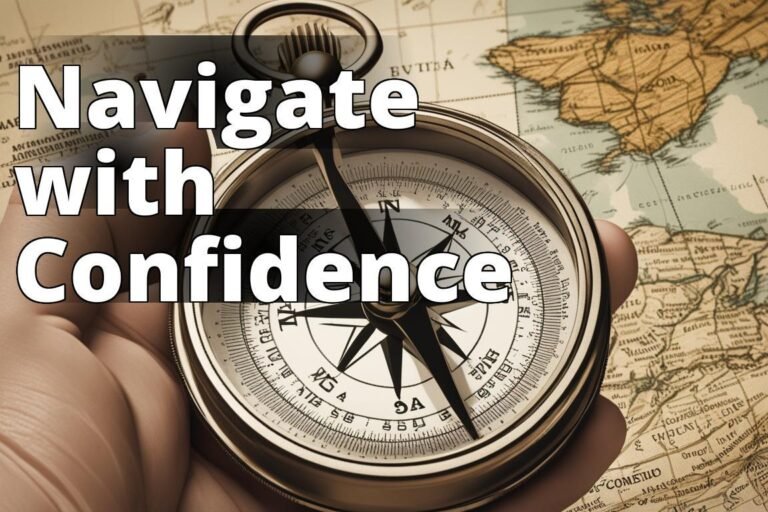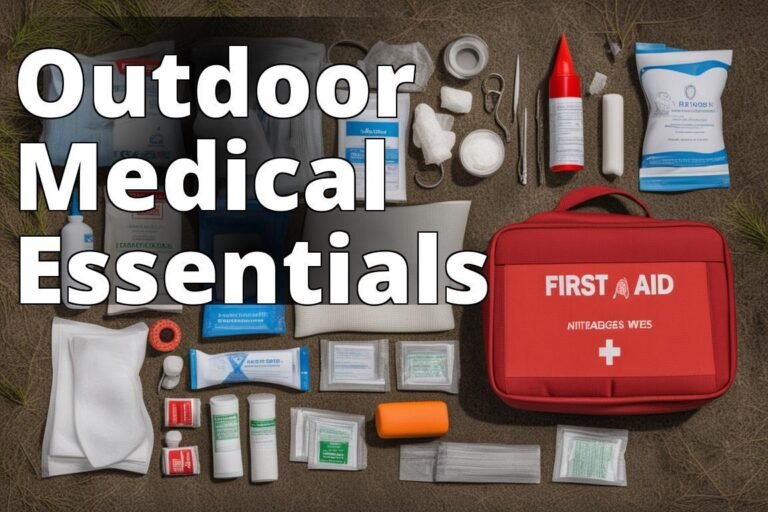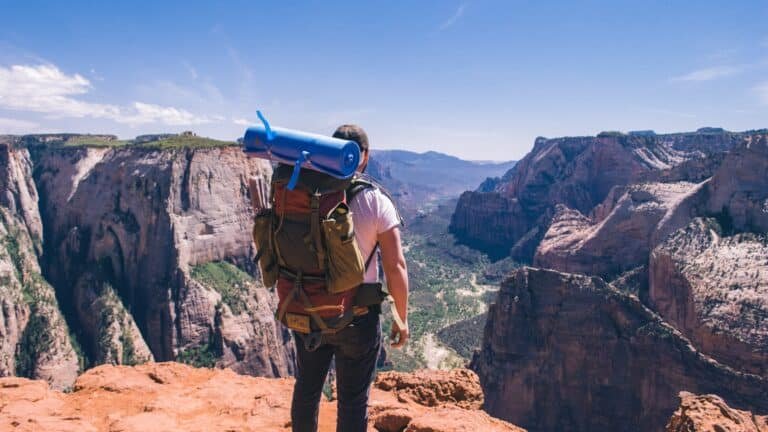10 Essentials for Your Wilderness Survival Kit
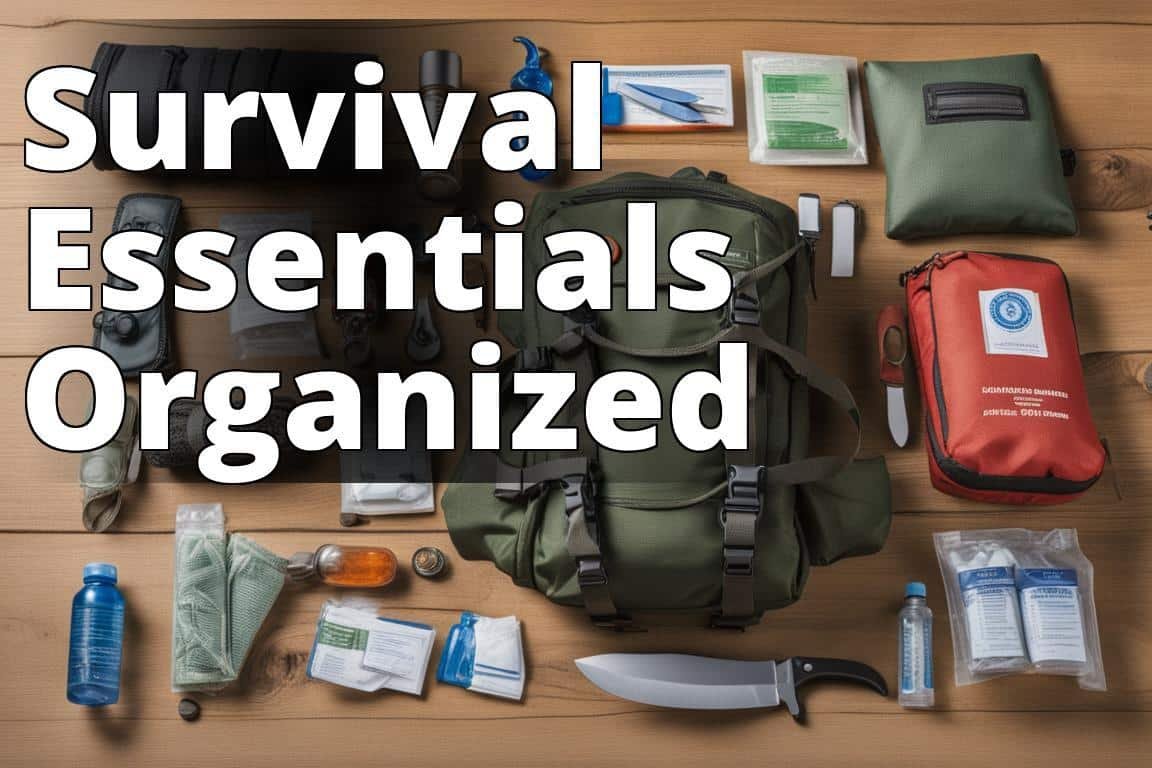
Forget the fluff and the usual introductions you might expect. When it comes to braving the wilderness, whether you’re a seasoned hiker or a weekend warrior, there’s no room for error. The stakes are high, and preparation is not just about comfortit’s about survival. The classic 10 essentials have stood the test of time for one simple reason: they work. But in this article, we’re not just going to list items. We’re diving deep into why each is crucial, how to use them effectively, and the skills you need to wield them like a wilderness maestro.
Learn about everyday survival kit ideas
- The Classic 10 Essentials include navigation tools, a headlamp, sun protection, first aid kit, knife, fire-starting tools, shelter, extra food, and water.
- Additional items to consider for your survival kit are insulation, communication devices, repair kit, extra nutrition, hydration supplies, and emergency shelter.
- Avoid bringing unnecessary items that are not essential for survival in the wilderness.
The Classic 10 Essentials
The 10 essentials concept originated in the 1930s, put forth by The Mountaineers, a Seattle-based organization for climbers and outdoor adventurers. This list was a response to the increasing number of people venturing into the wilderness unprepared. It has evolved but the core idea remains: to help ensure hikers and adventurers can respond positively to an emergency and safely spend a night (or more) outdoors.
Navigation

In an age where GPS devices are ubiquitous, the importance of traditional navigation tools like a map and compass cannot be overstated. A device can fail; batteries die, screens break, but a compass and a waterproof map are fail-safes that weigh next to nothing in your pack. Insider Tip: Spend time learning to use these tools in local parks or your backyard before venturing into remote areas.
Headlamp
A headlamp, preferably with extra batteries or a solar charger, is indispensable. Not just for seeing at night but for signaling in emergencies. Opt for one with multiple settings, including a red light to preserve night vision.
Sun Protection
Sunburns can incapacitate as much as any injury. Sunglasses, sunscreen, and a hat are non-negotiable. Go for broad-spectrum sunscreen and UV-blocking sunglasses.
First Aid
A well-stocked first-aid kit tailored to your group’s size and trip duration is a must. Include personal medications and know how to use every item in your kit. Consider wilderness first aid training.
Knife
A sturdy knife or multi-tool is invaluable. From repairing gear to preparing food, the uses are endless. Keep it sharp and clean.
Fire
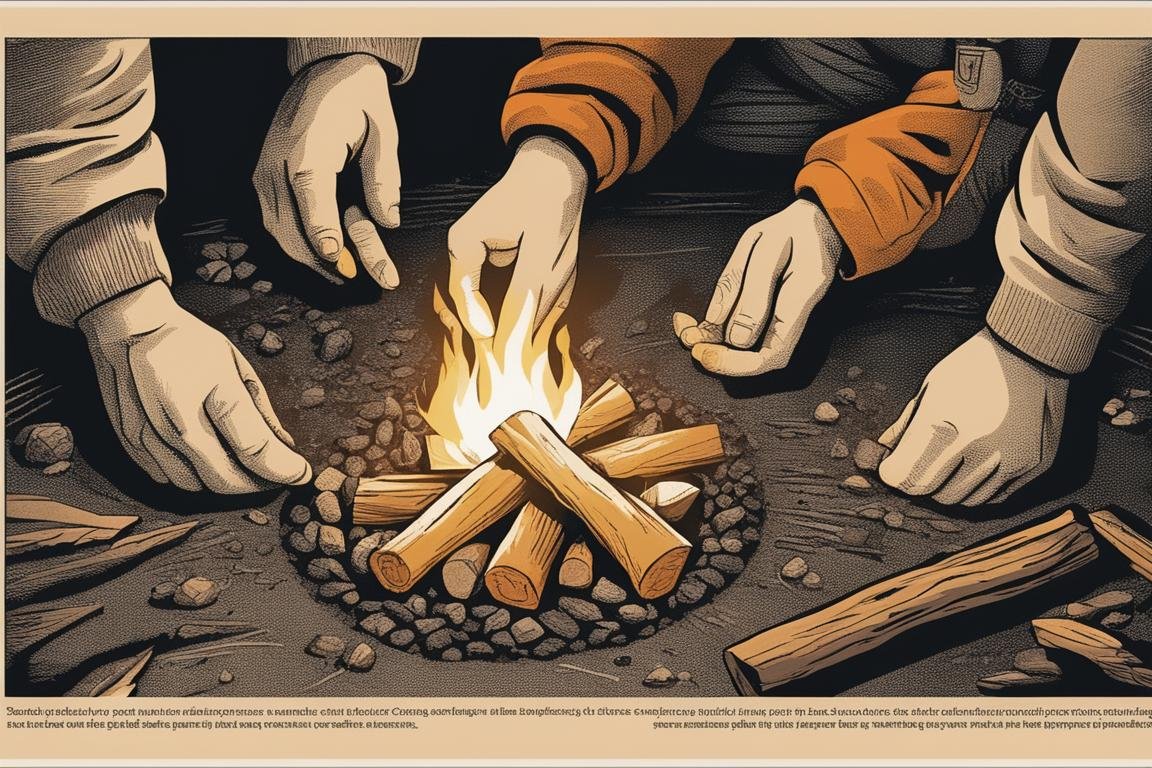
Carry multiple fire-starting methods: waterproof matches, a lighter, and a fire starter. Practice building fires in various conditions; it’s much harder with wet wood and under stress.
Shelter
A lightweight tent, bivy sack, or emergency space blanket should always be in your pack. It can protect you from elements and hypothermia.
Extra Food
Pack calorie-dense, non-perishable food items beyond what you plan to consume. In emergencies, these can make a difference in your energy levels and decision-making abilities.
Extra Water
Carry a water filter or purification tablets alongside your water bottles. Hydration affects your physical and mental performance.
Insulation (Extra Clothing)
Weather can change rapidly. Layered clothing allows you to adjust for temperature fluctuations. Always pack an extra, insulating layer beyond what you expect to need.
Additional Items to Consider
While the classic 10 essentials cover the basics, there are additional items that can significantly enhance your safety and comfort in the wilderness.
Communication (Two-Way Radios, Satellite Messengers, etc.)
In areas without cell service, a satellite messenger or a two-way radio can be a lifeline, allowing you to contact emergency services or communicate with your group.
Repair Kit and Tools
A small kit with duct tape, zip ties, and sewing materials can repair gear, preventing minor issues from becoming major problems.
Nutrition (Extra Food)
Beyond the extra day’s supply in the classic essentials, consider packing high-energy, lightweight snacks like nuts and energy bars.
Hydration (Extra Water)
In addition to carrying extra water, know where to find water sources along your route and have a plan for purification.
Emergency Shelter
An ultralight tent or bivy can save your life if you’re stranded or injured. It’s an extra layer of security against the elements.
What Not to Bring
Equally important as what to bring is what to leave behind. Avoid overpacking, as excessive weight can lead to fatigue and injury. Steer clear of unnecessary gadgets that offer more novelty than utility. Remember, every item in your pack should have a purpose.
In wilderness survival, the right skills are as crucial as the right gear. Understanding how to navigate with a map and compass, how to signal for help, how to start a fire in damp conditions, and how to find and purify water can make the difference between a challenging adventure and a life-threatening ordeal.
Stoic philosophy teaches us that we cannot control what happens to us, but we can control how we respond. The wilderness is unpredictable, but with the right preparation, knowledge, and mindset, you can overcome adversity.
He who is brave is free Seneca.
By integrating these essentials into your pack and your skillset, you’re not just preparing for the worst; you’re empowering yourself to face the wilderness with confidence and resilience.
Step-by-Step List:
- Learn to navigate using a map and compass.
- Practice making fires in various conditions.
- Familiarize yourself with your first-aid kit.
- Test your gear before heading out.
- Pack your 10 essentials, plus any additional items tailored to your trip.
For those looking to upgrade their survival gear, consider this top-rated multi-tool, perfect for any wilderness challenge. It combines durability with functionality, ensuring you’re well-equipped for any situation.
Embarking into the wilderness is a call to the adventurous spirit that resides in all of us. But adventure without preparation is folly. Equip yourself with these essentials, hone your survival skills, and step into the wild with confidence.
Remember, the wilderness doesn’t adapt to you; you must adapt to it. And in that adaptation, you find not just survival, but freedom.
For further reading and to bolster your wilderness readiness, check out our other resources:
- /emergency-survival-gear-ideas-to-keep-in-your-car/
- /emergency-outdoor-survival-pack-ideas/
- /how-to-survive-lost-in-the-wilderness/
- /best-portable-first-aid-kids-for-camping/
Prepare, practice, and embrace the beauty and challenge of the great outdoors with wisdom and courage.
Q & A
Question: Who can benefit from everyday survival kit ideas?
Answer: Anyone who enjoys outdoor activities like hiking or camping.
Question: What are some essential items for an everyday survival kit?
Answer: Items like a multitool, first aid supplies, water purifier, and emergency shelter.
Question: How can I customize my everyday survival kit to fit my needs?
Answer: Personalize it by adding items like a map, compass, or specific medications.
Question: What if I have limited space for carrying a survival kit?
Answer: Opt for compact and lightweight items to maximize space in your kit.
Question: How can I learn more about building an effective survival kit?
Answer: Research online, attend outdoor survival workshops, or consult experts.
Question: What if I have dietary restrictions or medical needs?
Answer: Include specialized items like allergy medication or dietary supplements.






